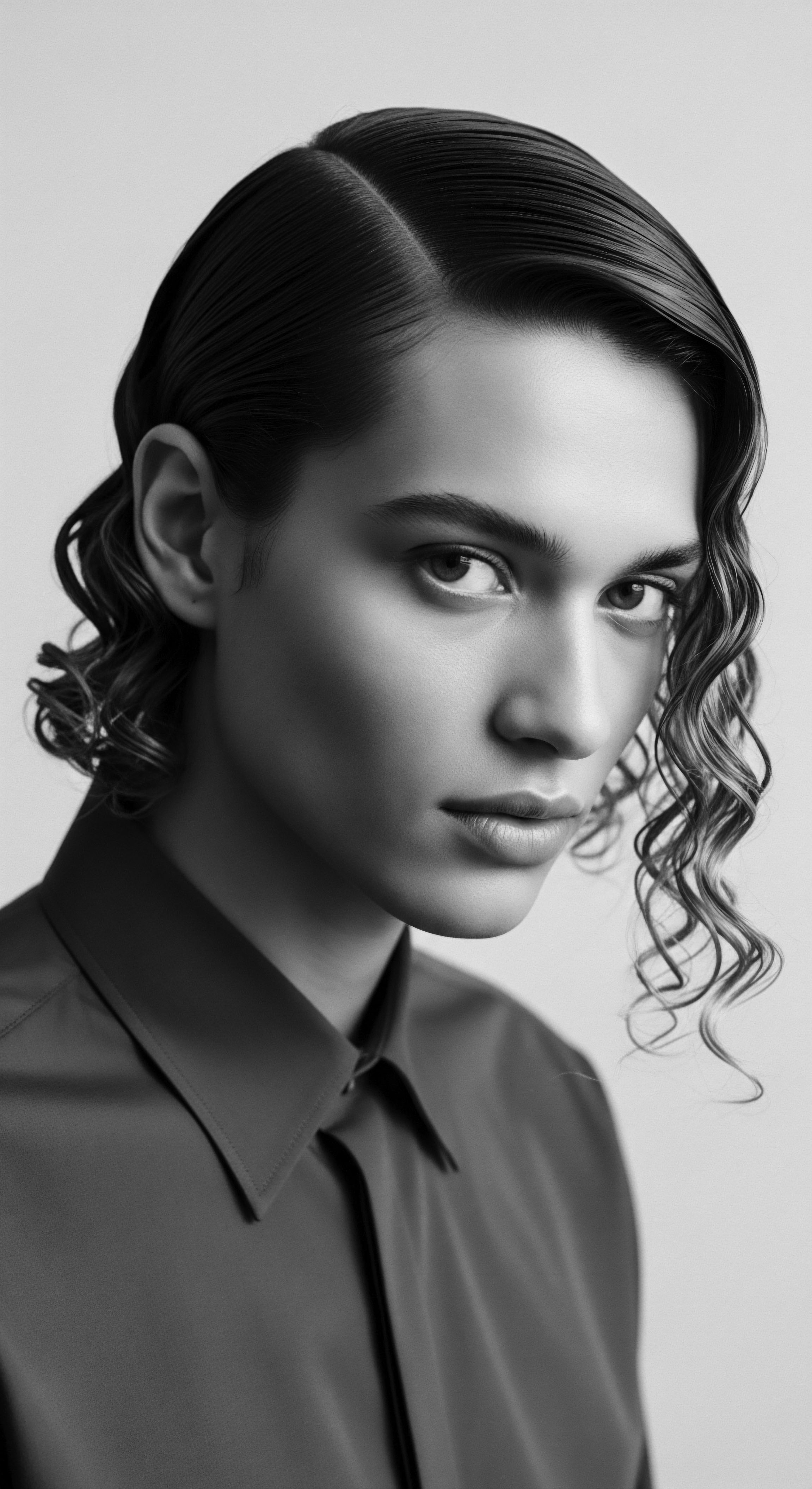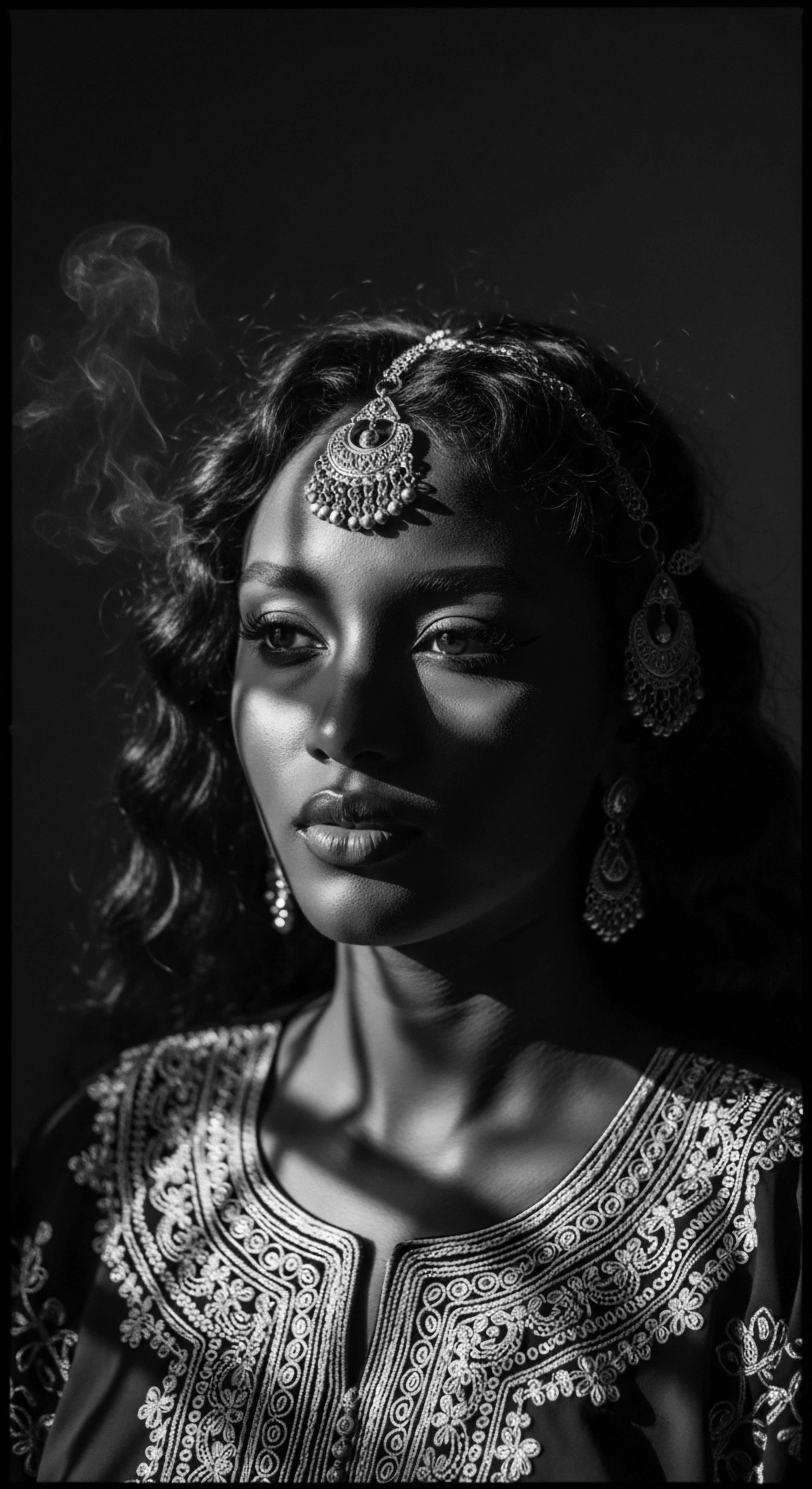
How do different bonnet materials benefit textured hair heritage?
Different bonnet materials protect textured hair heritage by preserving moisture and preventing friction, linking modern care to ancestral wisdom and cultural resilience.

How do bonnet materials shield textured hair?
Bonnets, through smooth materials, create a protective barrier that reduces friction, prevents moisture loss, and preserves textured hair, honoring ancestral care.

How do different bonnet materials benefit textured hair scientifically?
Bonnets, especially silk or satin, reduce friction and preserve moisture, extending a heritage of protecting textured hair.

What materials are best for bonnets to protect textured hair from moisture loss?
Silk and satin are ideal bonnet materials for textured hair, their smooth surfaces and low absorbency honoring an ancestral legacy of moisture preservation.

In what ways do material choices for bonnets reflect cultural identity and ancestral practices?
Bonnets' material choices reflect textured hair heritage, safeguarding strands while honoring ancestral practices of protection and identity.

Can the choice of bonnet material affect the long-term health of textured hair?
Bonnet material profoundly impacts textured hair health by reducing friction and preserving moisture, a wisdom rooted deeply in textured hair heritage.

Can the wrong bonnet material harm textured hair’s heritage?
The wrong bonnet material can harm textured hair's heritage by causing physical damage that echoes historical attempts to strip identity.

What historical fabrics influenced modern bonnet materials for textured hair?
Historical fabrics, particularly silk and linen, informed modern bonnet materials by offering protective qualities essential for textured hair heritage.

